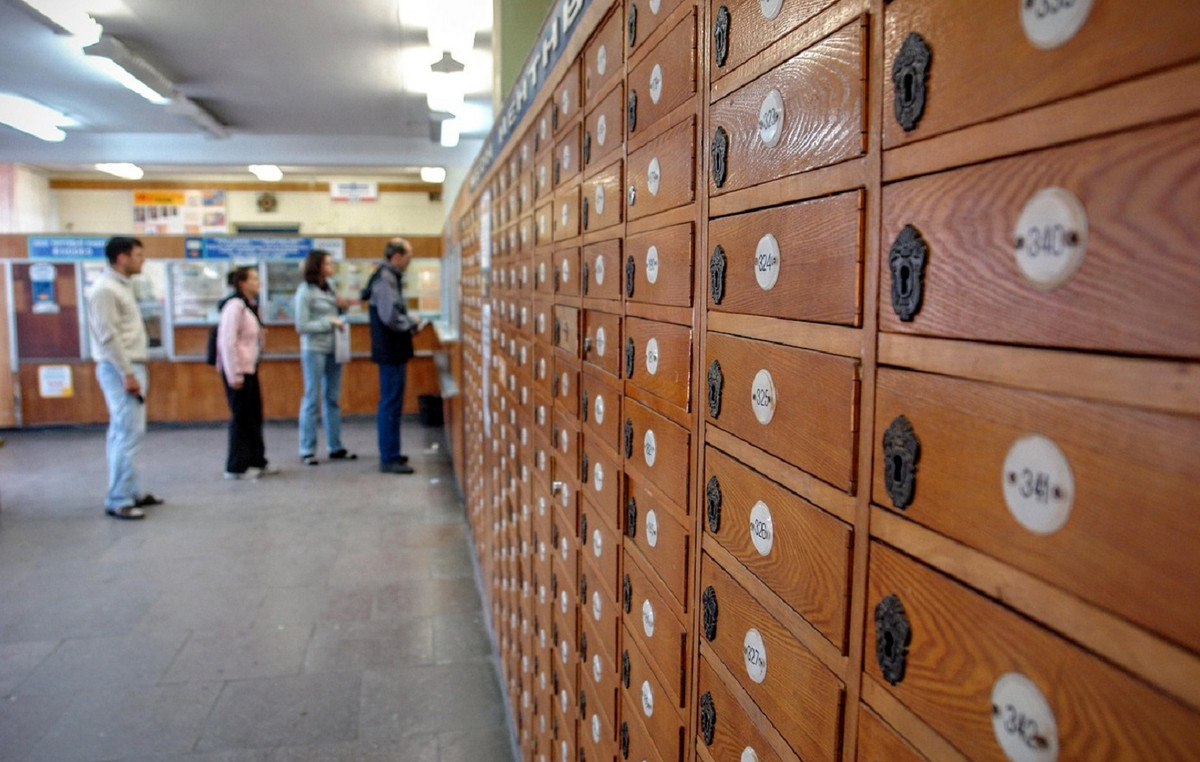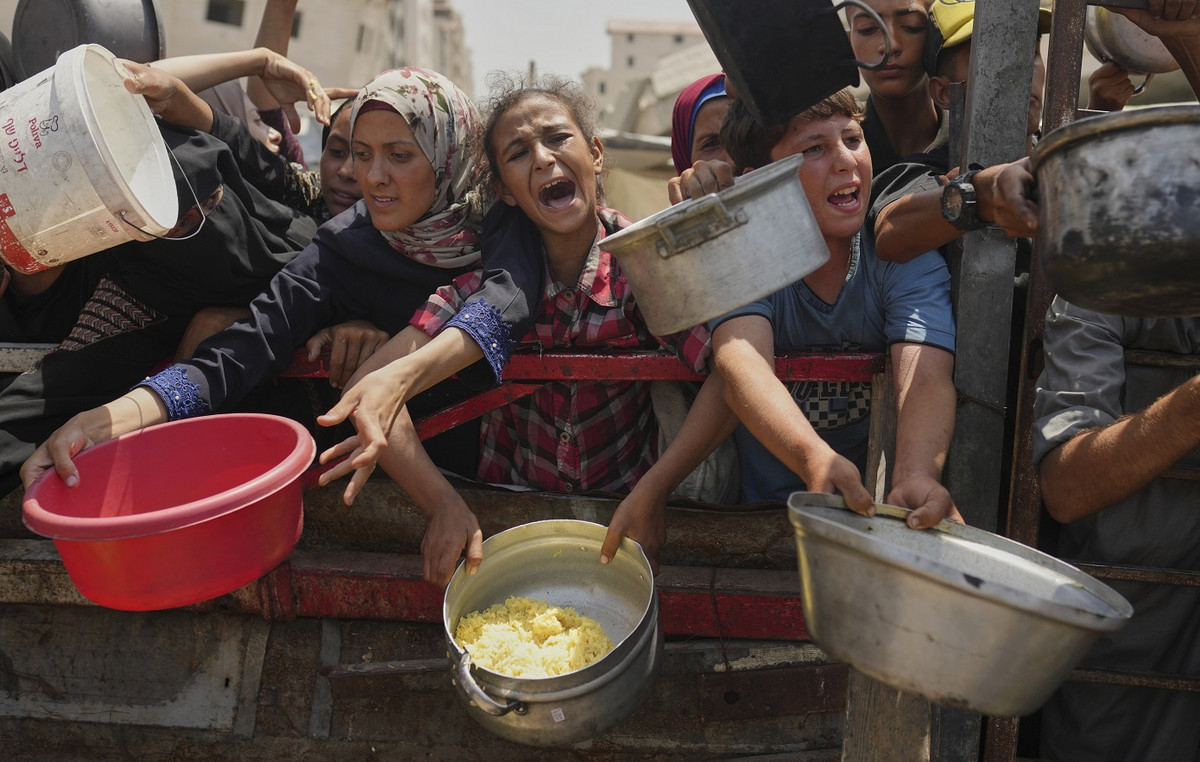The increase in marine heat waves in the coming decades, caused by global climate change, should considerably affect the forms of life in this environment, including those at the base of the food chain. It is what points study published in the journal Estuarine, Coastal and Shelf Science by Brazilian researchers working in Brazil, Norway and the United States.
At hot flashes Marine periods are characterized by periods of more than five days with water temperatures exceeding 90% of the historical average for the region. Estimates for the Santos and São Vicente area, where the study was carried out, point to a 35% increase in the frequency of these events by 2100.
It is important to differentiate these events at sea from atmospheric heat waves, which tend to be even more intense, but mainly affect the land environment, including cities.
“Although the larvae [de caranguejo da espécie Leptuca thayeri] survived an increase in water acidity, a 2°C rise in temperature in the first three to four days of life led to a 15% reduction in the survival rate, compared to those that were at the average temperature in the region. An increase of 4oC led to a 34% higher mortality”, reports Murilo Zanetti Marochi, first author of the study carried out during a postdoctoral internship at the Institute of Biosciences at the Universidade Estadual Paulista (Unesp), in São Vicente.
“This species is extremely abundant in the estuary, the region between the sea and the river. After the eggs hatch, the larvae spend a few days in that area and migrate to the ocean. Less than 1% returns to complete the life cycle, as most become food for other species. For this reason, it is essential for the ecosystem”, says Tânia Marcia Costa, a professor at Unesp who coordinated the project.
The study is part of a project that seeks to understand the impacts of climate change on the estuarine fauna of the state of São Paulo, within the scope of the FAPESP Research Program on Global Climate Change (PFPMCG). It is conducted in partnership with Alvaro Montenegro, a professor at Ohio State University, in the United States.

hotter future
In a previous study, Costa and the then master’s student Juan Carlos Farias Pardo showed the effect of temperature elevation on the embryos of the species leptuca thayeri, known as the tidal flame crab. Currently, Pardo is a doctoral candidate at the University of Agder, Norway.
At the time, the researchers observed that at that stage of life, not only warmer water but also greater acidity reduced survival.
In the current study, in which Pardo is also a co-author, no significant difference was observed in larval survival due to increased water acidity, but physiological changes were noted. Forecasts for the coming decades indicate a decrease in marine pH, which should affect many species.
“Since it is located in estuaries, an environment that naturally undergoes large variations in acidity, the species probably supports some increase in this parameter”, believes Marochi, currently a collaborating professor at the State University of Paraná (Unespar), in Paranaguá.
However, like the increase in temperature, high acidity speeds up the heartbeat, a sign of physiological stress, and decreases the mobility of these organisms.
“They swim less and may not be able to stay in the layer of water closest to the surface, where the microalgae they feed on live”, he explains.
The effects of marine heat waves, therefore, must be harmful to the species and to those that feed on it, which could lead to economic losses in fishing, for example. However, there are no studies that confirm a drop in the tidal flame stocks in the last 20 years.
For the study authors, this may be the result of other factors that compensate for these changes. For example, the fact that the increase in water temperature can reduce the time for larval development of crustaceans, exposing them less time to predators and severe environmental conditions.
In addition, the increase in temperature can lead to greater production of microalgae and microorganisms that serve as food for the larvae of tidal flames and other species. However, new studies will assess how much this effect can or cannot compensate for the increase in larval mortality.
Source: CNN Brasil
Bruce Belcher is a seasoned author with over 5 years of experience in world news. He writes for online news websites and provides in-depth analysis on the world stock market. Bruce is known for his insightful perspectives and commitment to keeping the public informed.







